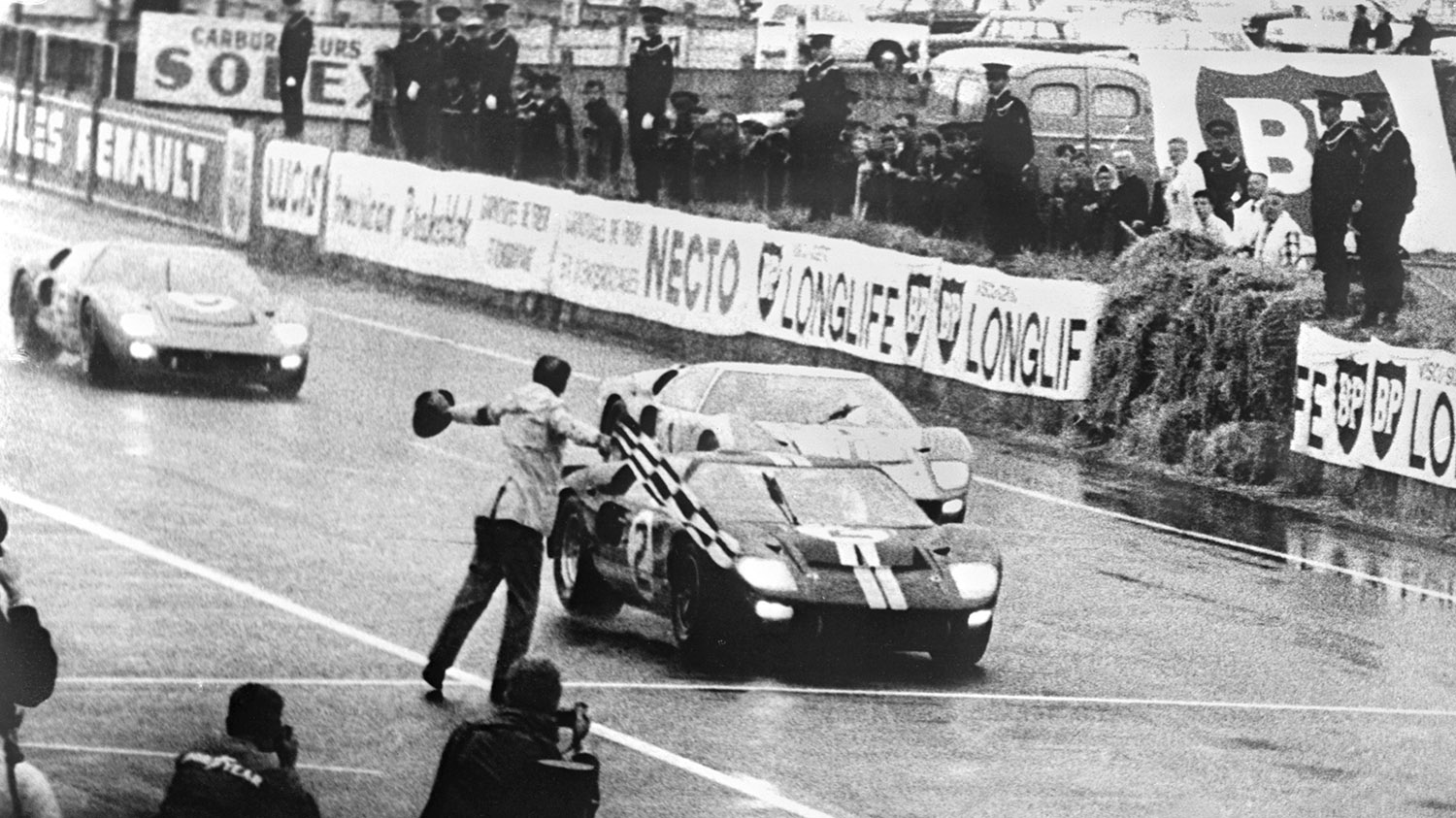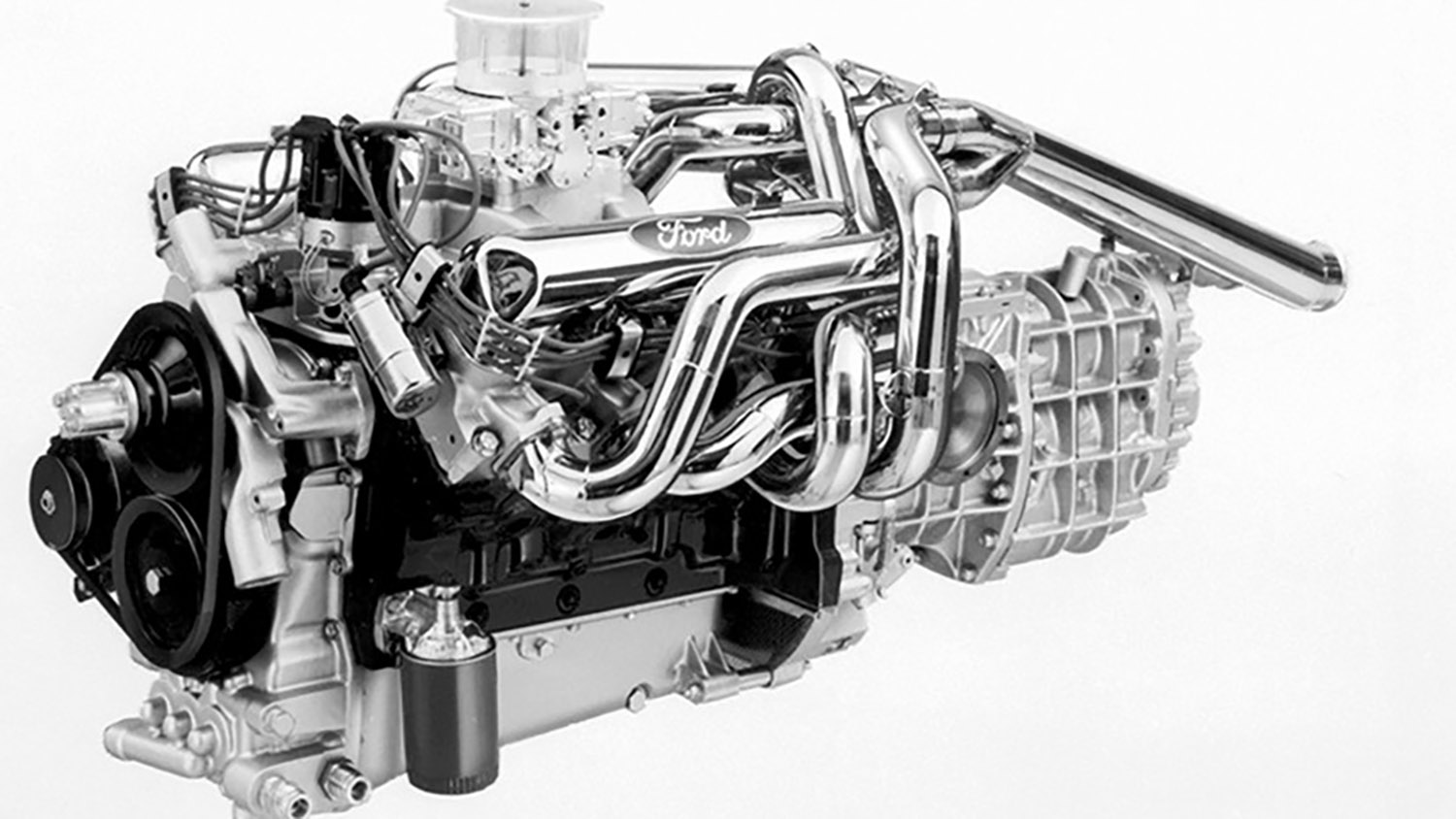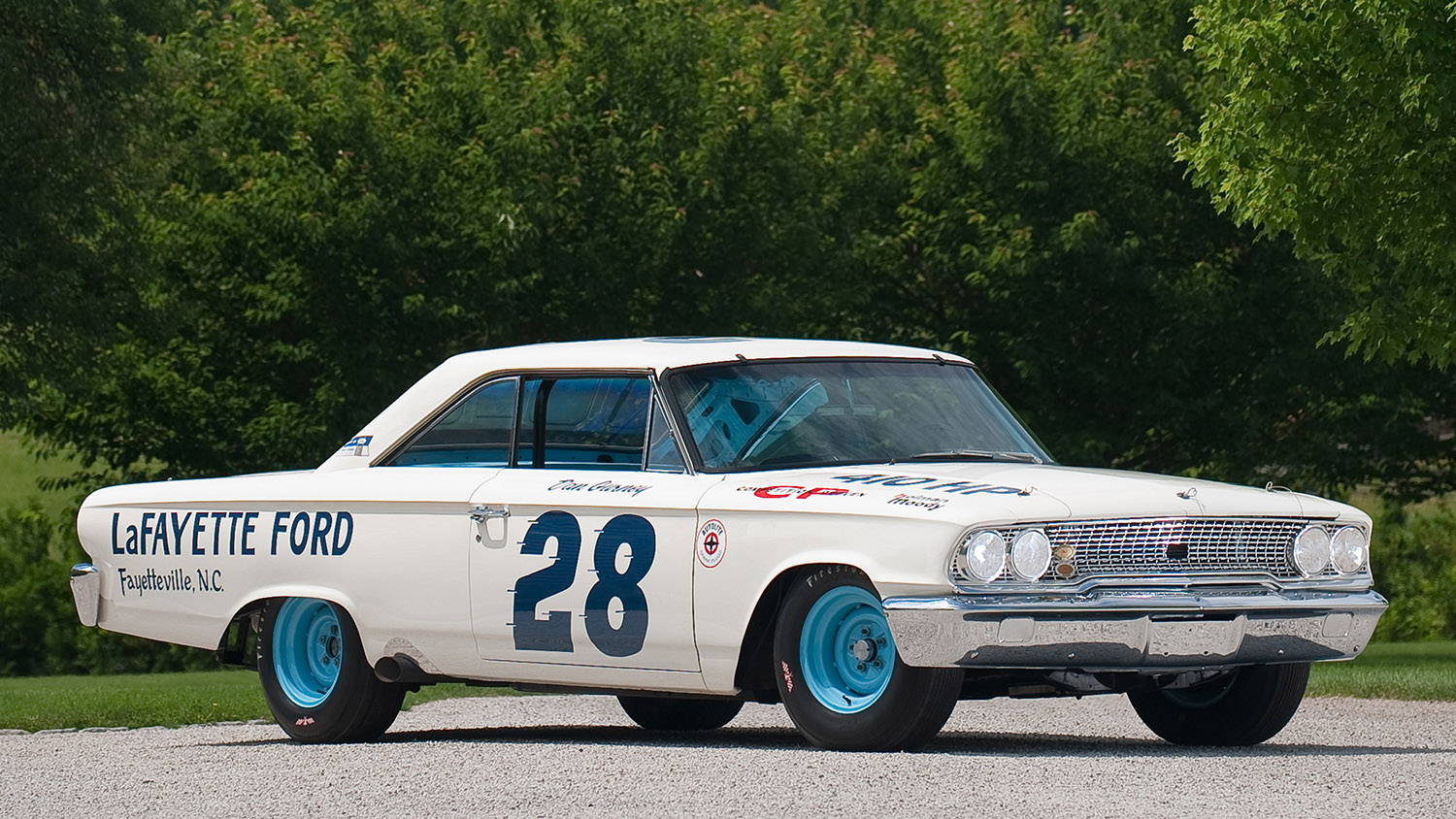Ford 427 | Legendary engines
Ford’s 427 FE V8 would be used in everything from school buses to trucks, muscle cars and supercars, forming the basis for some of the most legendary engines in the company’s catalogue.
Back in the 1950s, cars were getting bigger and heavier; the obvious solution was to fit powerful big-block motors, but they came with a weight penalty that blunted their extra performance.

The 427 FE V8 was designed in 1958 to counter this problem, replacing iron with lighter steel for many of the engine’s components. The block was created using new manufacturing techniques, and it weighed 295kg, more than 20kg lighter than rival 7.0-litre motors from the likes of GM and Chrysler. Fitting an aluminium water pump and intake could shave that down to 272kg for racing.
The 427 was fitted to the Ford Galaxie in 1963 and – despite its name – had a 425.98 (6.9-litre) capacity with a block made from cast iron and a thickened deck. Cylinders were cast using a cloverleaf mould with corners that were thicker down the length of each cylinder. All 427s were balanced, and many used steel crankshafts.
Fitting the engine to the Galaxie made it eligible for NASCAR, and it would win the Daytona 500 in 1963 before the new high-riser version was introduced in 1964. It was subsequently banned because the high bonnet needed to accommodate it was considered unsafe for road use – one of the qualifications for entering NASCAR.
We understand that every vehicle is unique, which is why our Agreed Valuation policies take the true value of your classic car into account.
The Blue Oval had been caught napping by the arrival of the Hemi, which took a 1-2-3 finish at 1964’s Daytona 500. Ford, which was burning money on the GT40 project and the development of a new twin-cam IndyCar engine, had to keep its spending low, deciding to base its new motor on the 427 FE “side oiler” which transformed it into an engine that could steal the Hemi’s silverware.
Aside from adding an idler gear, cross bolting the main bearing caps and updating the lubrication system, the 427 FE’s block and internals barely changed. Ford instead invested in a machined cast iron head with hemispherical combustion chambers. Each head has its overhead camshaft operating shaft-mounted roller rockers, with larger valves machined from stainless steel and packed with sodium on the exhaust side.
The whole lot was then driven by a vast, 1.8-metre-long timing chain that was cheaper than developing a gear drive but was prone to stretching, countered by varying the timing on each head by up to eight degrees.

The result was a motor that produced 616PS (453kW) and 698Nm (515lb ft) of torque with a single four-barrel carburettor and adding another carburettor increased that to 657PS (483kW) and 780Nm (575lb ft) of torque.
Christened “the 90-day wonder” because of its quick development, the single-overhead cam soon garnered legendary status, but not in NASCAR, where the technology was deemed too European and initially banned before being subjected to a 195kg ballast penalty.
Instead of NASCAR, the Cammer found its home in drag racing, powering A/FX Mustangs and supercharged Top Fuel dragsters. Its notable success came in 1967 when it powered Connie Kalitta’s “Bounty Hunter” to Top Fuel honours at AHRA, NHRA and NASCAR, becoming the only “triple crown” winner in history.
Outrageous success would come to the side-oiler 427 in 1966 when the motor powered the Ford GT40 to a 1-2-3 finish 1966.
